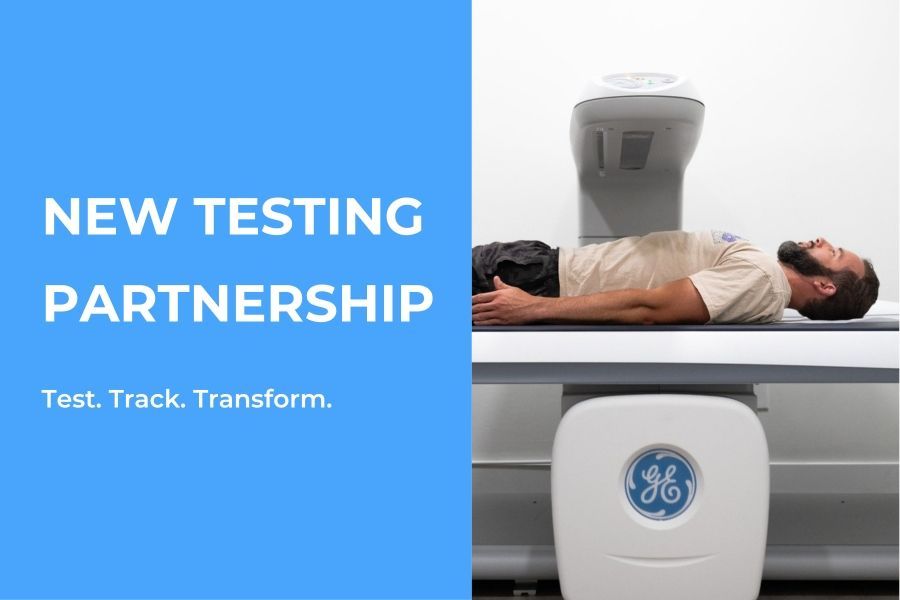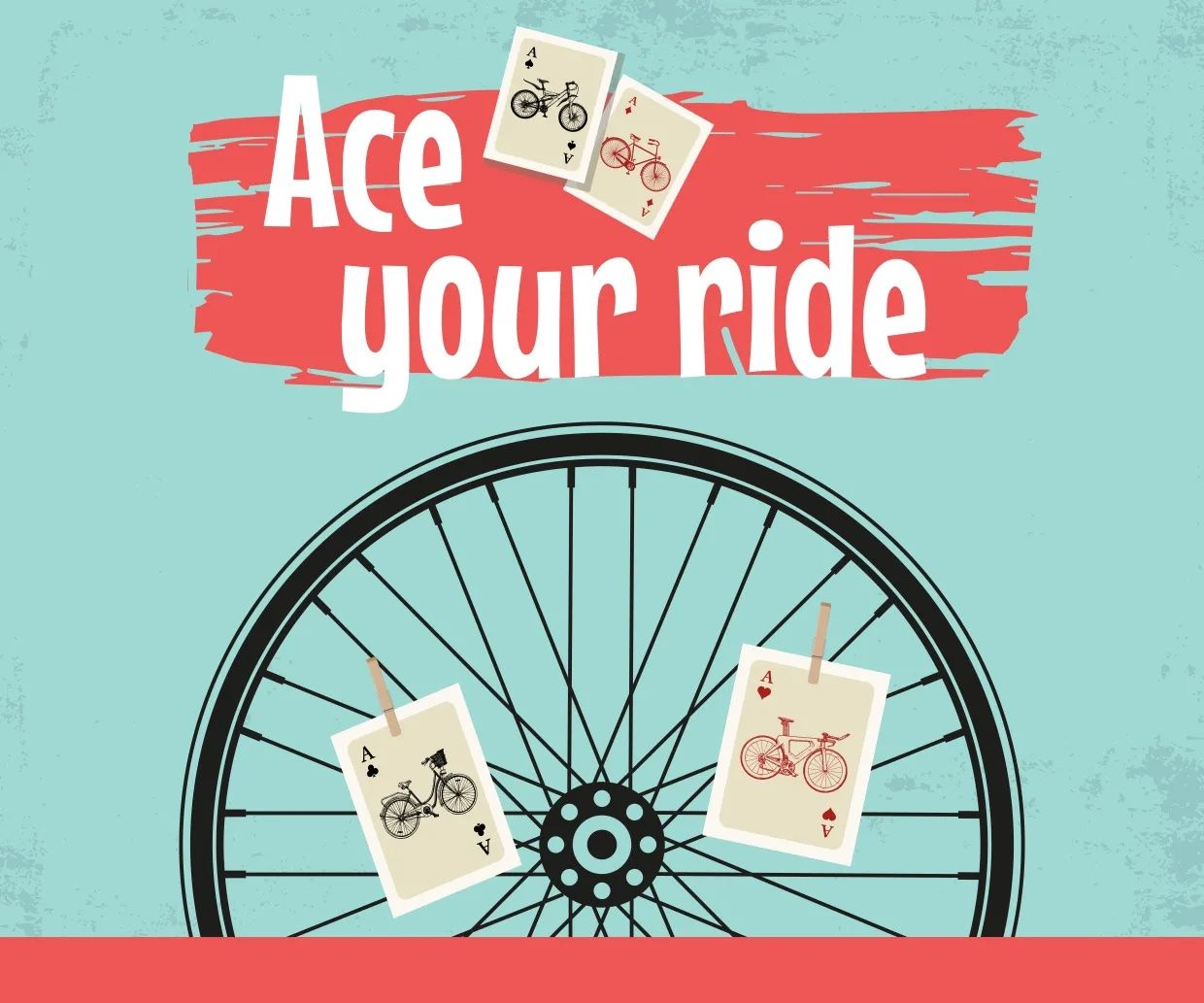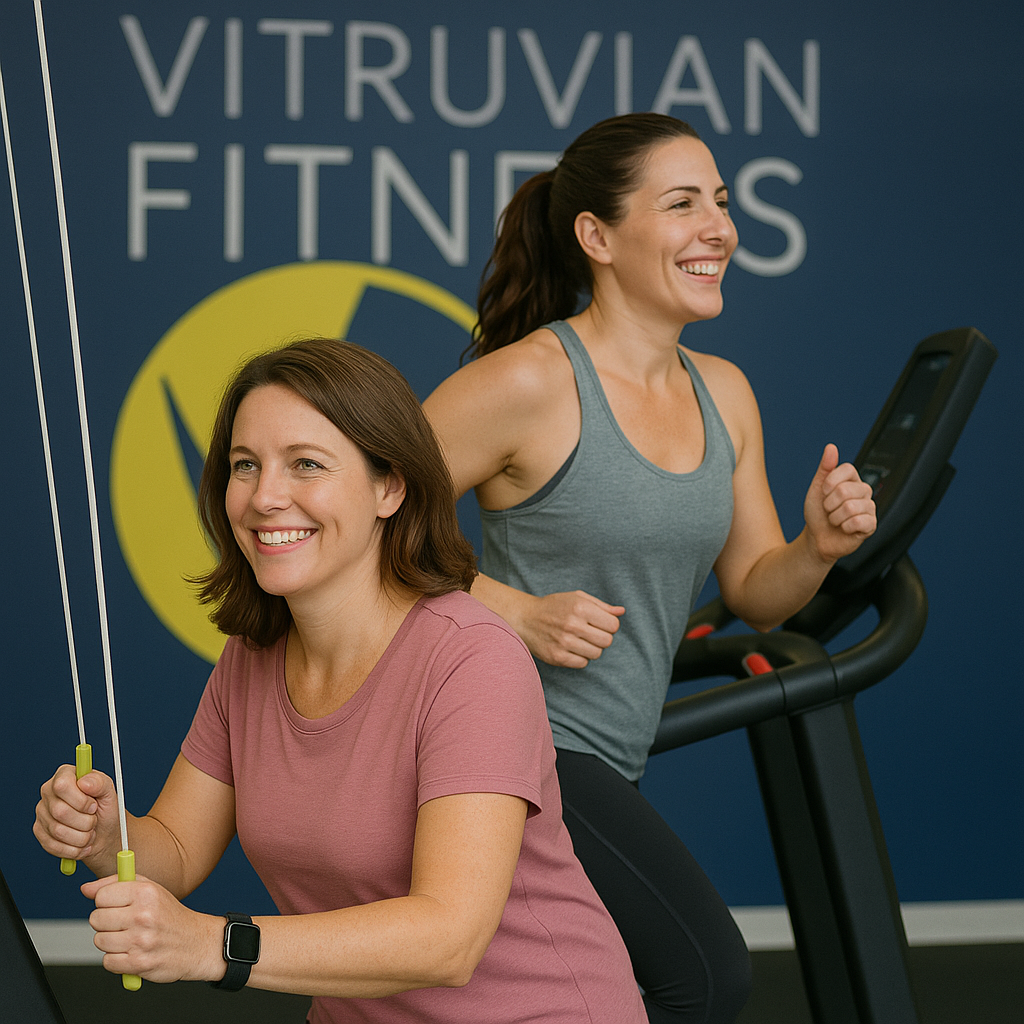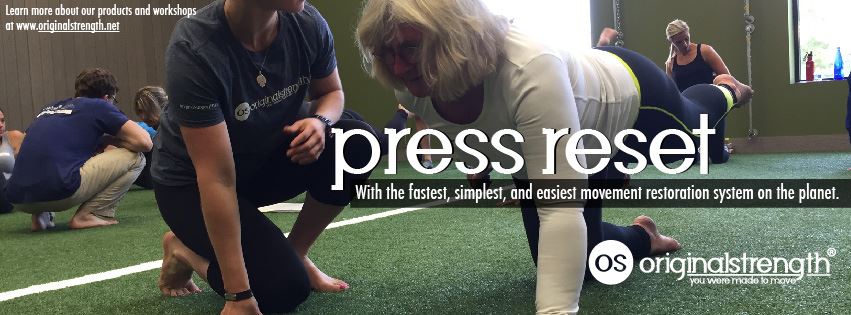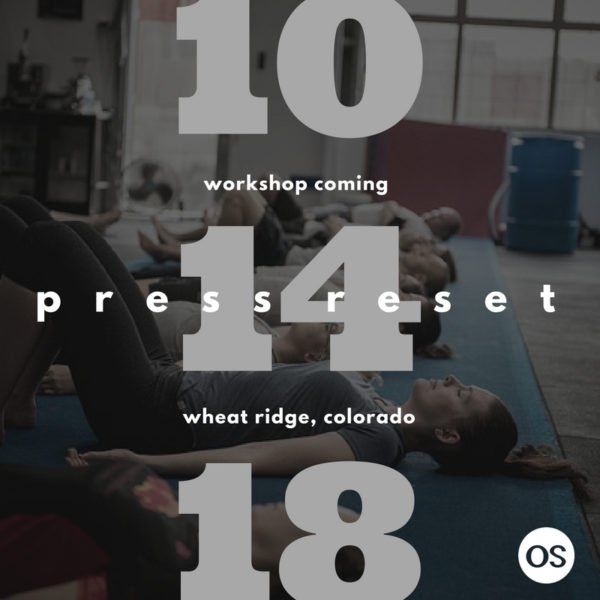Original Strength – Pressing RESET Workshop
Vitruvian Fitness to Host Original Strength’s Pressing RESET Workshop
March 3, 2019 8am – 4pm
Internationally recognized Original Strength will introduce their cutting edge movement restoration techniques, called Pressing RESET, at a workshop to be held at Vitruvian Fitness in Wheat Ridge, CO on Sunday March 3rd , 2019. Featured by The Washington Post, The Huffington Post and CNN , these techniques are based on the idea of Pressing RESET (just like you would on your computer or mobile phone). You can press reset on your body by tapping into your nervous system to restore mobility and youthful potential.
Positive, even amazing results have been reported where OS RESETS were implemented and performed regularly. The resets are suitable for everyone and require little time or space to perform and zero equipment.
Tom Wigginton of Vitruvian Fitness chose to host the workshop to introduce the whole concept of Pressing RESET on the body. Wigginton had this to say… “In as little as 10 minutes a few times a week, I was amazed at how well the cumulative physical stresses of my own work were wiped away. Pressing RESET makes you feel good. It’s as simple as that. And many of our clients who are dealing with really significant movement issues are moving better than they have in many years.”
As the foundation for all other strength training, movement systems, human development, physical restoration and overall life improvement systems, Original Strength’s mission is to give health and fitness professionals all the tools necessary to help their clients and patients achieve the best possible outcome. Pressing RESET isn’t just for fitness professionals though. Everyone benefits from learning the system to use in their everyday lives, too.
The Original Strength System applies three key principles which make up each of their “Big 5 RESETS.” Similar to a computer or mobile phone, when it locks up or stops functioning normally, you reboot or Press RESET allowing it to go back to its original state and again function as it should. Some people see changes in a very short time, others over a longer time period, but everyone experiences changes if Pressing RESET regularly and consistently, even for just a few minutes a day.
“Tapping into our reflexive strength with the Original Strength program, is one of the few programs that our team at Johns Hopkins has found meets the foundational needs of virtually every single patient population we see. Our patient populations consist of medically complex patients with cancer, musculoskeletal, neuro, amputees, or transplant and from professional athletes, to the active aging. It is simple to integrate and we are systematically training all of our outpatient providers and support staff including students, rehab techs, residents, and therapists.” – Ken Johnson, Director of Outpatient Physical Therapy, Johns Hopkins
More information on Original Strength and the Original Strength Pressing RESET Workshop can be found at www.originalstrength.net or by contacting Tom Wigginton at Vitruvian Fitness at 303-455-0437 or www.vmfit.com.
You might also enjoy these posts . . .
